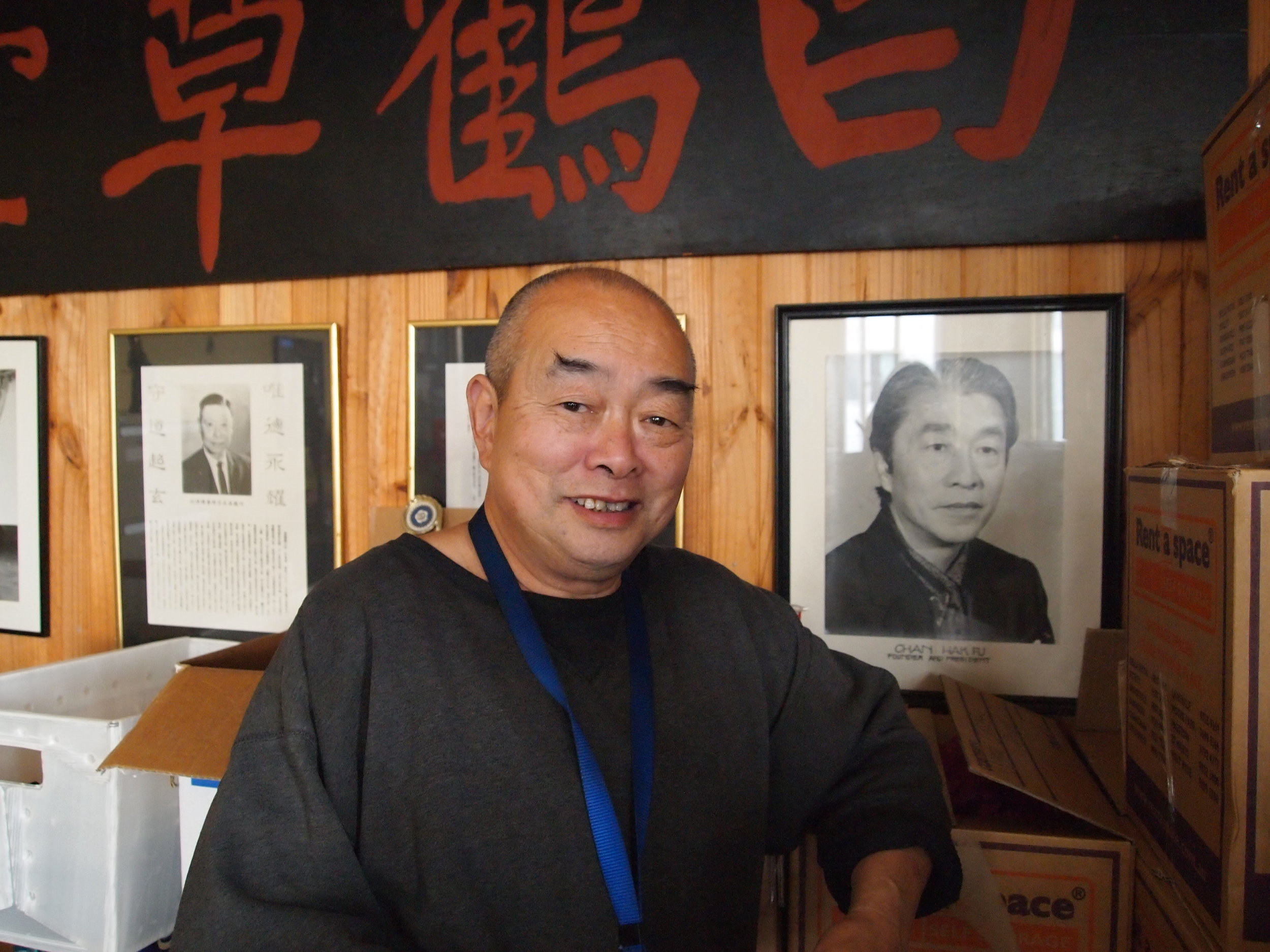



History
History
Pak Hok practitioners develop and uphold the style with regard to the personal capabilities of each individual. This is achieved through the cultivation of physical and mental fitness, co-ordination, agility, self-discipline, confidence, self-defence and good health. Pak Hok training methods lead to a fuller, more harmonious and longer life.
Pak Hok (White Crane) Kung Fu has a long tradition in China, reputedly having begun during the Ming Dynasty – circa 1426. The style first began when a Tibetan Lama, Au Dav Tov, with an extensive knowledge of the martial arts, watched a black ape fighting a white crane. As a result of this experience he founded the 'Lion’s Roar' style Kung Fu, which was later renamed 'Pak Hok Chung', paving the way for the founding, at the end of the Ming Dynasty by another Lama, Du Logatan, of Pak Hok Kung Fu.

Disciples
Disciples
Martial arts in China flourished during the Ching Dynasty due to the unstable political climate, encouraging Sing Lun, an elderly monk to move from the north to settle in China with 4 disciples. They settled on Din Wu Shau, near Siu Hing, in the Hing Wun Monastery.
Two of the disciples, Ju Je Yiu and Wong Lau Hui, achieved wide renown and themselves acquired many disciples, the most famous of whom was Ng Siu Chung. Wong was thus established as the Great Grandmaster and Ng became the recognised founder of modern day Pak Hok Kung Fu. Ng was famous as both a Master and a Scholar and was responsible for the standardisation of the style. He wrote that “The Martial Arts are a way of cultivating the personality… Cultivation of the inner self is related to martial ethics and is applicable both in the past and in the present; it is of inestimable value”. Ng had many disciples, the world famous being the world renown Chan Hak Fu – given the name of 'Lightning Fist'.
Sigung Chan has been responsible for developing and spreading the style so that its disciples today are scattered worldwide – Malaysia, Hong Kong, China, America, and of course, Australia.

Chan Hak Fu
Chan Hak Fu
Sigung Chan was born in Canton, China. After graduating from the Canton Wah Lum Athletic College, he was employed as a P.E. course instructor by the Canton Kuo-Min University. He learned Pak Hok Kung Fu from the late Master Ng Siu Chung since young, and came through as one of the most famous Pak Hok Sifu under Master Ng.
During the 2nd World War, he served as a chief instructor of kung fu to the Chinese Air Force personnel attached to the American Air Force then serving in China.
After the war, he settled and taught Kung Fu in Hong Kong. In 1954, at the request of a local athletic organization in Macau to raise funds for benevolence, he staged a 'life or death' free hand bout with the late Tai Chi Master Ng Kung Yee. Although the result came to a draw, the bout thrilled thousands of spectators, for such a bout was never seen during the last 50 years.
In 1972, Sigung Chan settled in Sydney, Australia and established his Pak Hok Kung Fu International school there. In 1976, he expanded his organization all the way to Hong Kong, New York and San Francisco. As far as Kung Fu is concerned, he is the first to establish a studio in three major continents.
Sifu Peter Kuo
Sifu Peter Kuo
Sifu Peter Kuo was born in Canton, China.
Moving to Australia with his grandfather in 1956, Sifu Kuo first trained under Sigung Chan in 1969, where he learnt the basics of Pak Hok Kung Fu International in Sigung’s backyard in southern Sydney.
In 1972, the KMT (Chinese Nationalist Party of Australia) offered Pak Hok Kung Fu International a training space in Ultimo Rd, Chinatown, which was where the first Sydney school was founded.
Under the tutelage of Sigung Chan, Sifu Kuo knelt down to become the first Sydney disciple of Pak Hok Kung Fu International, later to be joined by eight others, which included Sifu Peter Chan and Sifu Ernest Ma of Pak Hok Pai (http://www.pakhokpai.com/).
Since then, Sifu Kuo has grown Pak Hok Kung Fu International into approximately 30 students actively practising in Sydney, Australia. His most senior students (who are now instructors) include Roy D, Garry K, Kerry C, Mohammed C and Graham K, the earliest of whom have been training with Pak Hok since 1972.
Sifu Kuo is widely known for his dedication to continuing the style for future generations, both young and old. He credits Pak Hok as “keeping the body young and the mind healthy – the key to a balanced, and fulfilling life.”
Together with his most senior instructors, Sifu Kuo is supported by his son Kevin, and his daughter Elizabeth in the running of the school.

